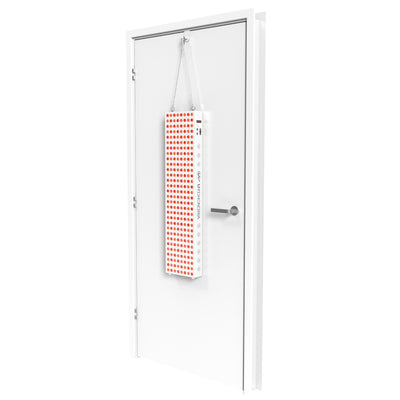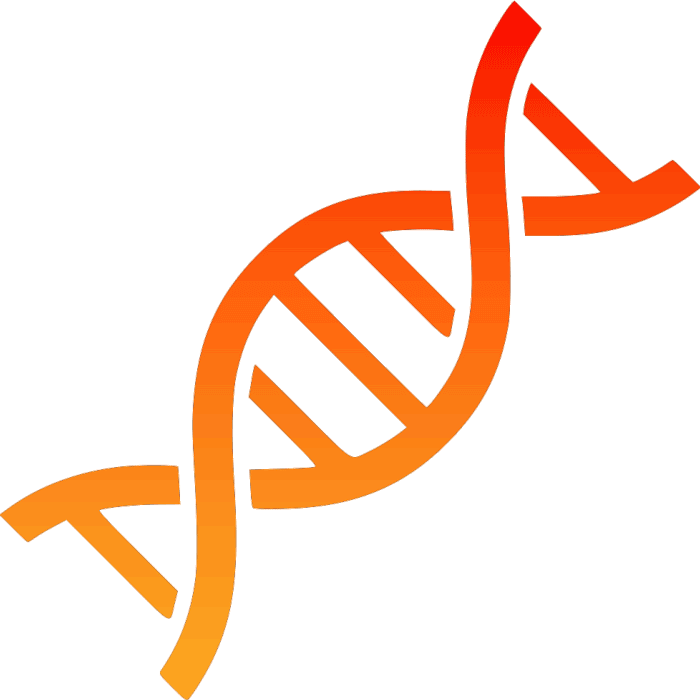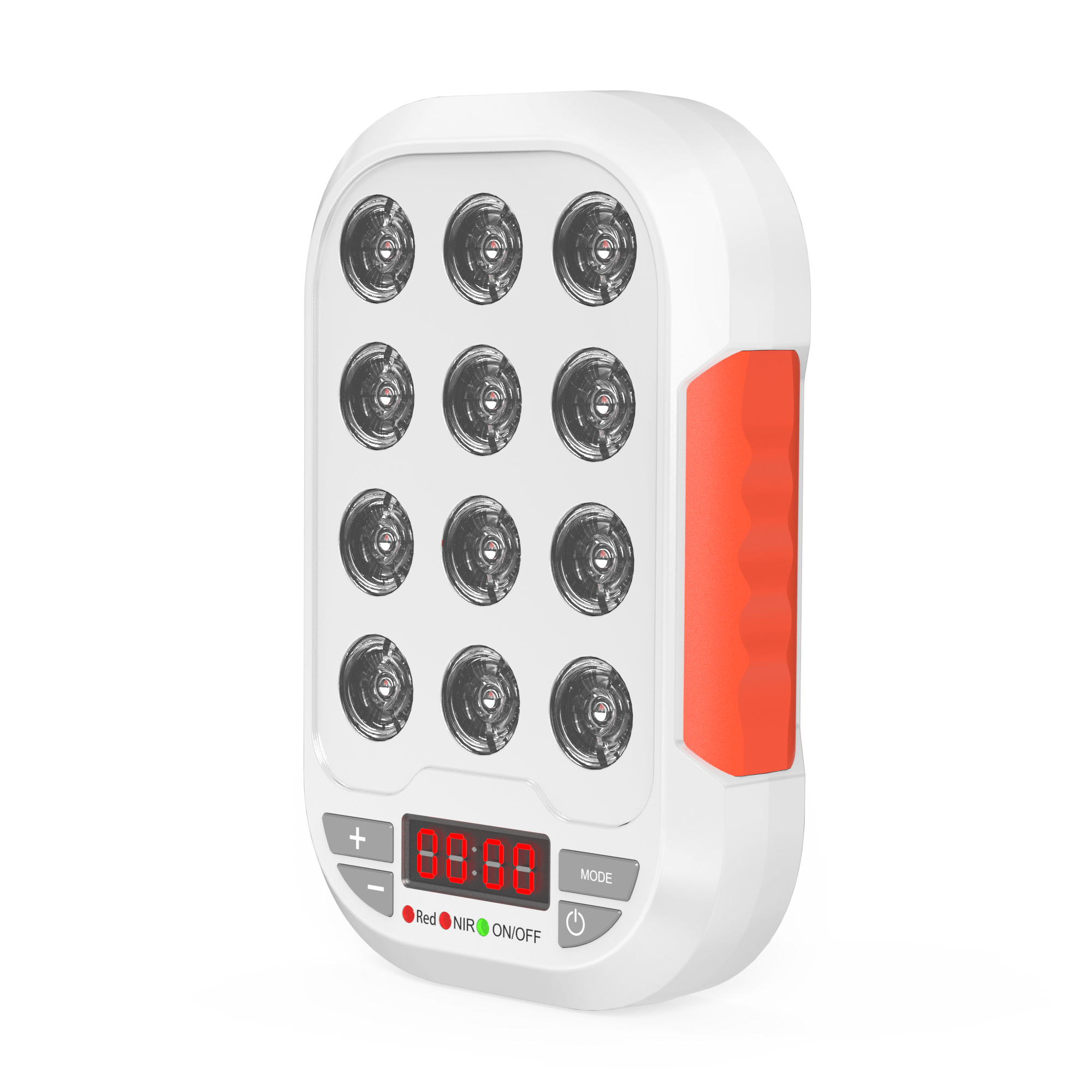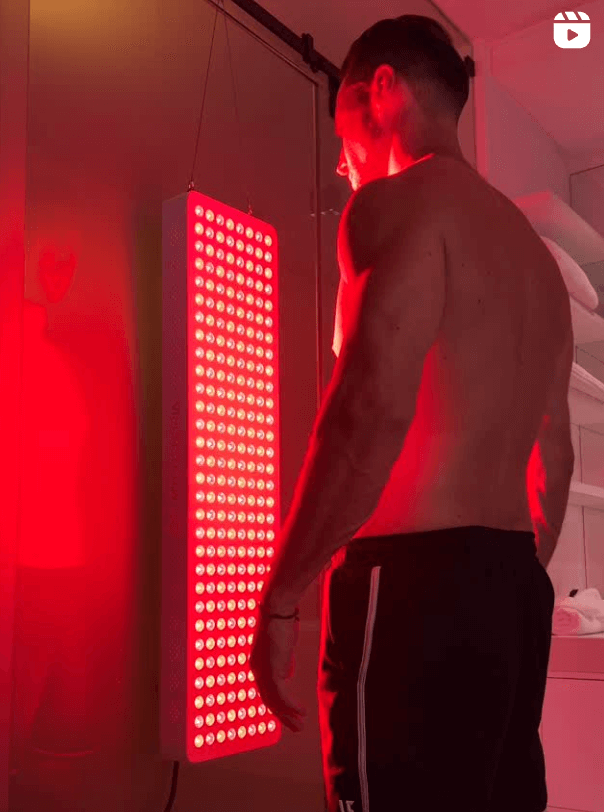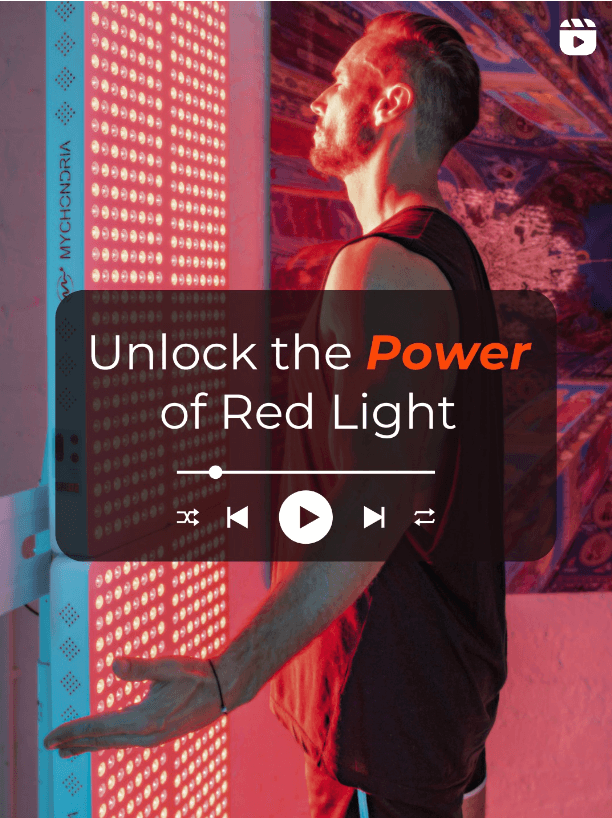A scar is what remains following trauma to the body, and it forms as part of the body’s healing process. This is as a result of the body building new tissues to close gaps in the skin, and can form in any shape or size. For some people, a scar is a sign of surviving a significant event or experience, and coming out stronger. For others, the constant reminder of a negative experience results can impact mental health negatively. Minimizing scars to as least visible as possible is the most common opinion for individuals with scars. How can red light therapy help? Well, let’s find out more..
The global scar treatment market size was estimated to reach $23.6 billion by the end of 2021. According to trend analysis research, this industry is expected to expand at a compounded annual rate. This is largely as a result of the increasing desire for improving aesthetic appearances by individuals as well as the constant demand for youthful looking skin.
Scars are generally treated with one of three options:
- Topical creams or ointments
- Surgery
- Laser (light) therapy
There are two major types of scars, we’ll briefly run through:
-
Atrophic Scars

This type of scar generally occurs when the body is unable to produce sufficient collagen to heal an infection site. This normally presents itself as a pit (hole/dip) in the skin – a scar that would occur from excessive acne or chickenpox. In order to reduce the appearance of this type of scar is to stimulate the skin’s natural healing processes to replace the elastin, collagen and other fibrous tissue that has been damaged.
-
Hypertrophic/Keloid Scars

A hypertrophic scar is a thick and raised scar. It occurs as an abnormal response to wound healing where the body produced extra connective tissue within the wound area causing a raised scar. This is generally caused by the body making too much collagen. Keloid scars are similar in that they are raised scars, but a keloid scar has extra connective tissue that extends beyond the original wound area. A hypertrophic scar only has extra connective tissue in the area within the original wound area. This type of scarring is dependent on genetics, poor wound healing due to infection, inflammation and burn wounds.
A number of studies have investigated the effect of light therapy on wound healing in the body. The light energy provided from the lamp strengthens mitochondria and encourages ATP production. This increased energy availability accelerates healing in the body. Red light therapy has been investigated in many clinical trials for treating open wounds as well as healing scars and speeding up skin cell regeneration.
How does red light therapy achieve this?
- Increasing energy availability
- Reducing inflammation
- Increasing circulation
- Increasing collagen density
- Increasing elastin production
- Activating stem cell production
Prove it!?
A 2014 study reviewed sixty-eight peer-reviewed clinical trials using light therapy to treat scars between 1992 and 2012. A brief summary of these findings concluded that light therapy is able to decrease inflammation, increase fibroblast proliferation, stimulate tissue formation and increase the synthesis of collagen within the wound.
A clinical trial investigated hypertrophic scars in 15 children, where one half received a genuine light therapy treatment for scar reduction, and the other half receiving a placebo light. After three months of consistent treatment, the scars were analysed. It was determined that the scars treated with red light therapy were significantly reduced in size and appearance. The study concluded that red light therapy is safe and effective for use, even for children!
For more information, check out our incredible blogs here.
Or, if we’ve convinced you enough to take the leap – its one click away.
Written By: Caroline Bursey


